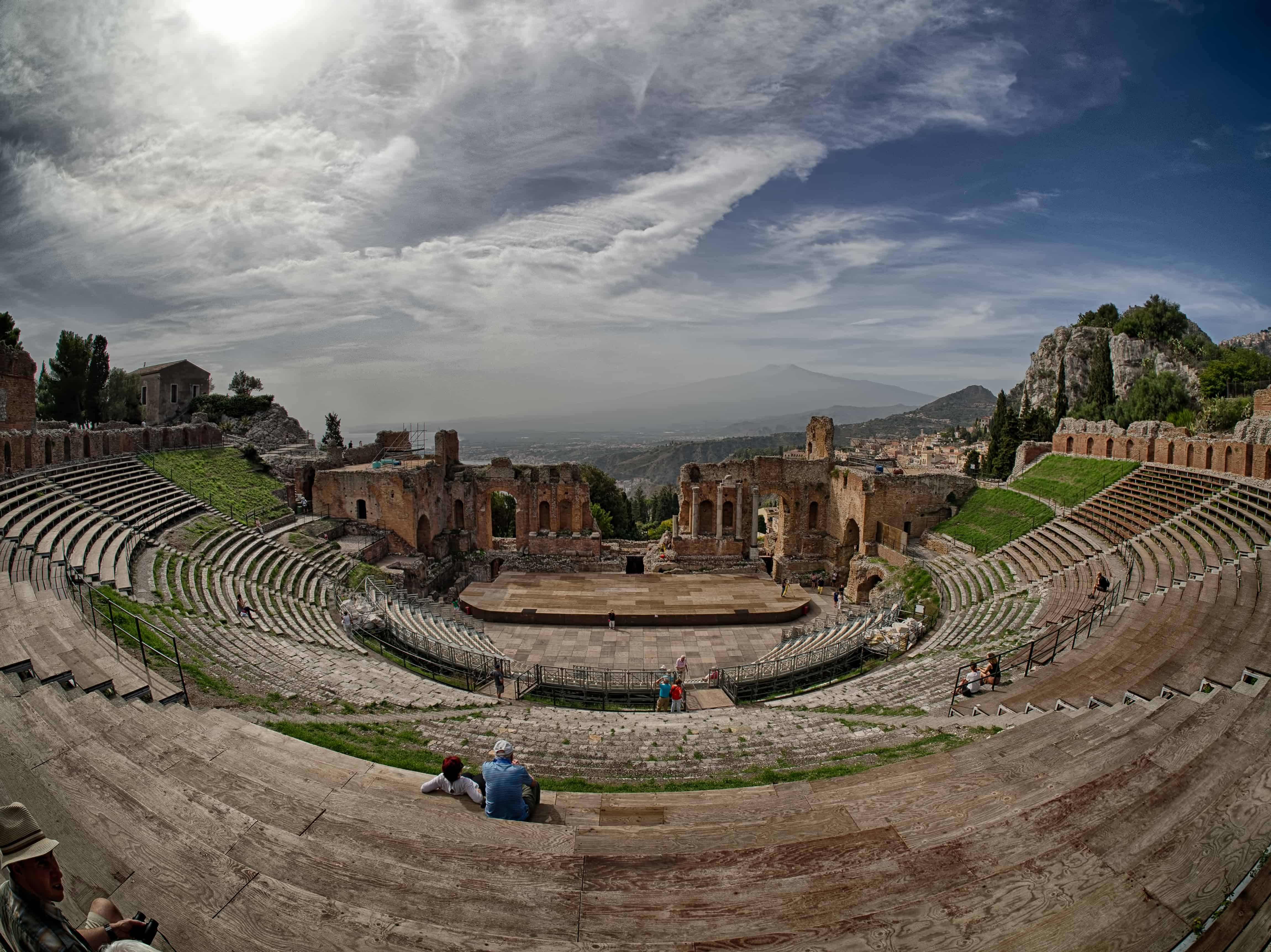Travelers to Sicily have a wide choice of sites to visit and enjoy. Many of those attractions are based in the history of this fascinating island. For reference, Sicily is the island located right off the "toe" of the boot-shaped Italian peninsula. The island's history dates back thousands of years.
The Ancient Ages
Greek and Roman civilizations were some of the first to leave a mark upon the island of Sicily. Some of those marks remain in the form of ruins that are often toured by visitors. The Greeks brought the island olives and grapes and started the wine trade. The Greek ruins at the city of Agrigento, located on the south coast of Sicily, are a major attraction and draw thousands of visitors each year. The area is known for "The Valley of the Temples" which is actually a ridge with impressive views as well as archeological treasures. Other Greek ruins include the temple at Segesta and the theater at Taormina.
 https://www.flickr.com/photos/eduardom/
https://www.flickr.com/photos/eduardom/
Roman art is on display at the Piazza Armerina . The most interesting pieces is the "Bikini Girls" mosaic which depicts what appears to be Roman women in two piece swim wear.
The island is also home to two museums dedicated to the archaeological history of Sicily. The museum at Syracuse includes the ruins of the Temple of Apollo while the Palermo Regional Archaeological Museum includes the a piece known as the Rosetta Stone of Sicily that traces back to about 2700 B.C.
The Middle Ages
Sicily was controlled by a number of foreign powers through the medieval times. Fewer ruins remain from this period. However, several buildings show architectural influences from this period. Churches and mosques exhibiting red domes show the influence of the Arab control of the island at about 1000 A.D. This is followed by the Norman or French period marked by the construction of castles and other structures some of which still remain. The Cathedral of Monreale is the most notable building of this period.
 https://www.flickr.com/photos/11628368@N07/
https://www.flickr.com/photos/11628368@N07/
Other classic structures from this period include the Sicilian Baroque. This building shows an architectural style that developed in Sicily in the 1600s and the 1700s. Several other surviving churches show the ornate style of this period. Many have been reconstructed or renovated after some of the numerous earthquakes that have struck the area.
The Modern Era
Sicily became part of Italy in 1860 during the Italian Unification. This era also marks the beginning of the Mafia on the island as groups of armed mercenaries protected businesses and private residences from bandits. This era continued into the 2oth century and the World Wars.
Sicily became a battlefield in 1943 with the Allied invasion in the Alerno area of the island. Tour operators provide tours of some of the preserved battlefields. The memorial and cemetery associated with the battle is located on the Italian mainland.


